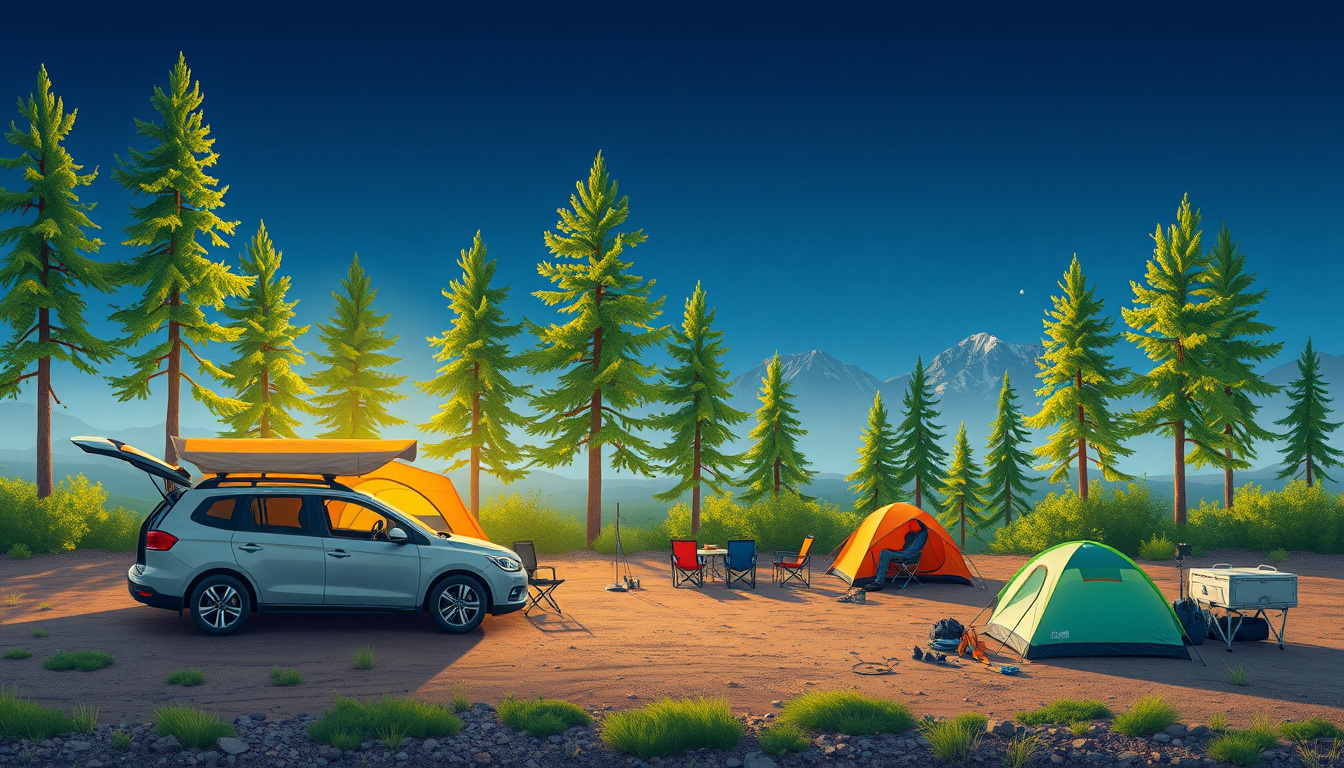
Are you ready to take your outdoor adventures to the next level? Transitioning from car camping to backpacking is an exciting leap into wilderness exploration and self-sufficiency. However, this shift calls for a thoughtful approach to gear selection and preparation. This blog aims to guide outdoor enthusiasts—whether seasoned campers or curious novices—through the nuances of choosing the right backpacking gear while ensuring they still enjoy the wild beauty that beckons.
Why Transition to Backpacking?
Have you ever felt a yearning for the tranquility of a remote forest or the serenity of a mountain top? Backpacking offers an opportunity to escape the busyness of everyday life by immersing oneself in nature’s embrace. According to the American Hiking Society, “Spending time in nature can improve your physical and mental well-being—reducing stress, anxiety, and fostering creativity.” But what makes it different from car camping?
When car camping, you enjoy the convenience of a vehicle, which often means bulkier gear, whereas backpacking requires lightweight, versatile equipment. This limited space challenges you to streamline your belongings, ultimately enriching your experience without the chaos of excess baggage.
Key Differences in Gear Requirements
To embark on your backpacking journey, it is crucial to understand the fundamental differences between the gear needed for car camping and backpacking:
- Weight Considerations: Backpacking gear must be lightweight and compact. Car camping allows for heavier, more luxurious items.
- Space Utilization: Every item counts. Gear should be multi-functional to maximize use of limited space.
- Durability and Weather Resistance: Backpackers face various weather conditions. Opt for gear that can withstand elements like rain, wind, and cold.
Transitioning Your Gear: What to Keep, What to Leave
Here’s a handy guide to help streamline your gear selection effectively:
Shelter:
- Keep: Lightweight tents or ultralight hammocks.
- Leave: Heavy canvas tents designed for car camping.
Sleeping Gear:
- Keep: Compact sleeping bags and inflatable sleeping pads.
- Leave: Thick air mattresses that take up too much space.
Cooking Equipment:
- Keep: Compact stoves and lightweight cookware.
- Leave: Full-size grills and hefty cookware.
Food Storage:
- Keep: Bear-proof canisters, zip-top freezer bags for portions.
- Leave: Large coolers and bulk food containers.
Clothing:
- Keep: Layered, moisture-wicking clothing.
- Leave: Bulky cotton options or excessive changes of clothes.
Navigation:
- Keep: Maps, compasses, and lightweight GPS devices.
- Leave: Heavy guidebooks and detailed master maps.
Embracing the “Less is More” Philosophy
As you transition, channel the minimalist spirit. Here are some considerations for adopting a more efficient approach:
-
Invest in Quality Gear: While it might be enticing to buy multiple items, quality gear stands the test of time. 'You don’t have to have the most expensive gear, but having reliable essentials can make all the difference,' notes outdoor gear expert Emily Gill.
-
Plan Your Trip Wisely: Think about your route, expected weather, and food needs. Efficient planning reduces on-the-ground decision-making and leads to a more enjoyable experience.
-
Practice Makes Perfect: Before you hit the trails, set aside time for a weekend trip to test your gear, refine your skills, and identify any potential issues.
Staying Safe on the Trails
Safety should always be a priority. Equip yourself with the following essentials:
- First aid kit including insect repellent and blister treatment.
- Multi-tools for various situations.
- Adequate lighting equipment such as headlamps.
Conclusion: Your Adventure Awaits!
Transitioning from car camping to backpacking is about immersing yourself deeper in nature and honing your survival skills. While the shift may seem daunting, it ultimately leads to profound personal rewards and unforgettable experiences.
As John Muir beautifully encapsulated, “In every walk with nature, one receives far more than he seeks.” Are you ready to seek more? Now is the time to start planning your backpacking trip.
Call to Action
What gear do you think you’ll keep, and what will you leave behind? Share your thoughts and tips for transitioning from car camping to backpacking in the comments below, and let’s inspire each other to get outside and explore!
If you found this blog helpful, subscribe to our newsletter for more outdoor tips and adventures. Happy trails!






